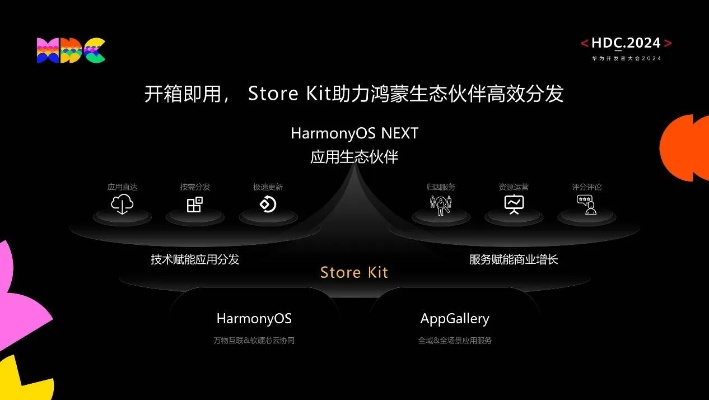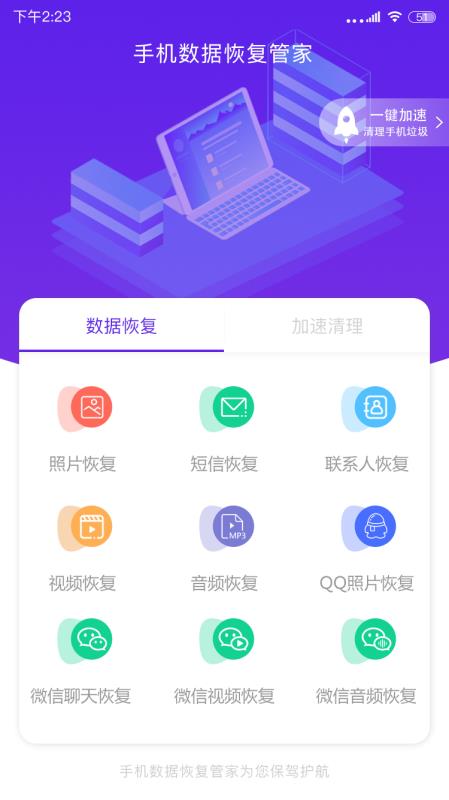Introduction to Real-Time English Transcription
In the fast-paced digital age, effective communication is key to success in various fields. With the advent of advanced technology, the need for real-time English transcription has become increasingly significant. This article delves into the concept of real-time English transcription, its benefits, challenges, and the technology behind it.
What is Real-Time English Transcription?
Real-time English transcription, often referred to as live transcription or real-time captioning, is the process of converting spoken English into written text in real-time. This service is particularly valuable for individuals who are deaf or hard of hearing, as well as for those who prefer to read rather than listen to spoken content. The goal is to provide an immediate and accurate representation of the spoken word, ensuring that no information is lost during the communication process.
Benefits of Real-Time English Transcription
There are several benefits to utilizing real-time English transcription services:
Accessibility: Real-time transcription makes content accessible to a wider audience, including those with hearing impairments. This inclusivity is crucial for creating a diverse and equitable society.
Efficiency: For individuals who prefer reading over listening, real-time transcription allows them to consume information at their own pace, enhancing productivity and understanding.
Record Keeping: Transcriptions serve as a valuable record of conversations, meetings, and presentations, making it easier to review and reference important information.
Language Learning: For language learners, real-time transcription can help improve listening and speaking skills by providing a written reference to the spoken language.
Challenges in Real-Time English Transcription
While real-time English transcription offers numerous advantages, it also comes with its own set of challenges:
Accuracy: Achieving 100% accuracy in real-time transcription is difficult, as it requires sophisticated algorithms to interpret and transcribe spoken words accurately.
Speed: The speed at which spoken words are transcribed must be fast enough to keep up with the pace of the conversation, which can be challenging for both humans and machines.
Contextual Understanding: Transcription systems must be able to understand the context of the conversation, which can be complex and nuanced, especially in professional or technical settings.
Language Variations: Dialects, accents, and colloquialisms can pose challenges for transcription systems, as they may not be easily recognizable or transcribed accurately.
Technology Behind Real-Time English Transcription
Real-time English transcription relies on a combination of advanced technologies, including:
Automatic Speech Recognition (ASR): ASR technology converts spoken words into digital data, which is then processed by the transcription system.
Machine Learning: Machine learning algorithms are used to improve the accuracy of ASR, as well as to understand the context of the conversation.
Natural Language Processing (NLP): NLP technology helps the transcription system interpret and understand the nuances of language, including idioms, metaphors, and sarcasm.
Cloud Computing: Cloud-based platforms enable real-time transcription services to be scalable and accessible from anywhere in the world.
Future of Real-Time English Transcription
The future of real-time English transcription looks promising, with ongoing advancements in technology expected to address the current challenges. As machine learning and NLP algorithms continue to evolve, the accuracy and speed of real-time transcription are likely to improve significantly. Additionally, the integration of artificial intelligence and deep learning may lead to more sophisticated systems capable of understanding complex language patterns and context.
Furthermore, the accessibility of real-time transcription is expected to expand, as more devices and platforms incorporate this technology. This will not only benefit individuals with hearing impairments but also cater to the growing demand for accessible and efficient communication tools in various industries.
Conclusion
Real-time English transcription is a powerful tool that has the potential to revolutionize the way we communicate. By overcoming the challenges of accuracy, speed, and contextual understanding, this technology can bridge the gap between spoken and written language, making
转载请注明来自马鞍山同杰良,本文标题:《英文实时转写,英文实时翻译成中文 》














 皖ICP备2022015489号-1
皖ICP备2022015489号-1